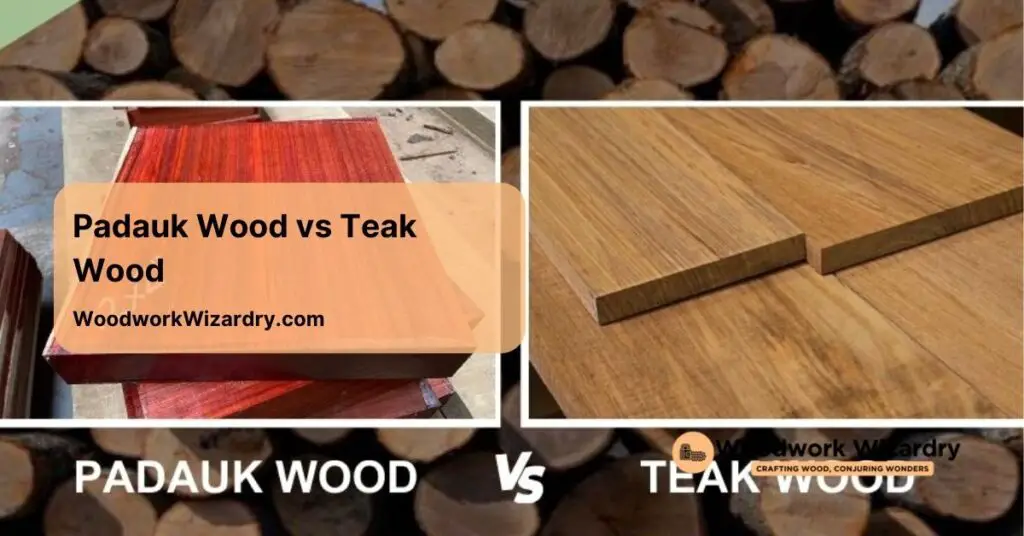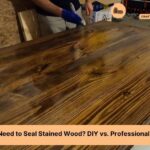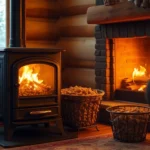When it comes to choosing the perfect wood for your next furniture or flooring project, the debate between padauk wood and teak wood often takes center stage. Both are celebrated for their durability, beauty, and versatility, but which one truly deserves your investment? The answer depends on your exact needs and preferences.
Imagine crafting a piece that not only stands the test of time but also radiates elegance and sophistication. Padauk wood dazzles with its rich, reddish hue, while teak boasts a classic golden warmth and unmatched resistance to the elements. Each has its own unique charm and practical benefits, making the decision both exciting and challenging.
If you’re torn between these two premium hardwoods, you’re not alone. Understanding their differences can help you make an informed choice that elevates your space and fits your lifestyle perfectly. Let’s jump into what sets them apart.
Overview Of Padauk Wood
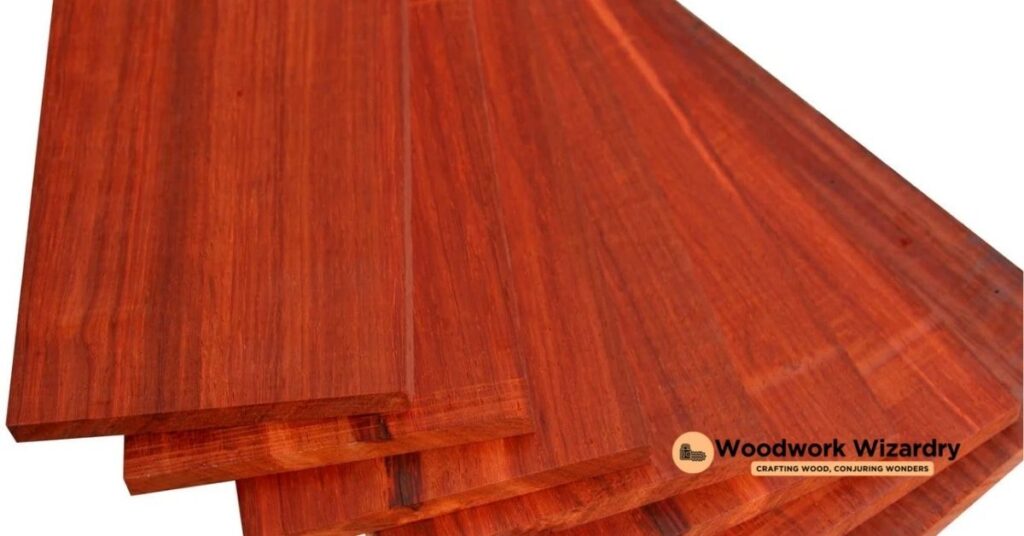
Padauk wood stands out for its vibrant appearance, durability, and versatility. It’s widely recognized for its rich color tones and is often chosen for artistic and practical applications.
Characteristics And Appearance
Padauk wood offers a striking visual appeal due to its reddish hue. Its heartwood ranges from a bright orange to deep crimson, sometimes maturing into a darker brownish-red over time. The grain pattern is generally straight but can occasionally display interlocked or wavy variations. Padauk’s natural luster provides a smooth and polished look, making it an attractive choice for projects requiring aesthetic value.
Durability And Strength
This hardwood is known for its high density and impressive resistance to wear. Padauk resists insect attacks and decay, making it suitable for both indoor and outdoor use. Its strength and stability ensure long-lasting performance, even under high-stress conditions. With a Janka rating of approximately 1,720 lbf, it surpasses many other hardwoods in hardness.
Common Uses
Padauk wood is used extensively in furniture, flooring, and cabinetry due to its durability. It’s also popular for crafting decorative items like musical instruments and veneer sheets. Its vibrant color and resilience make it an excellent material for high-end projects, including boat building and fine woodworking.
Overview Of Teak Wood
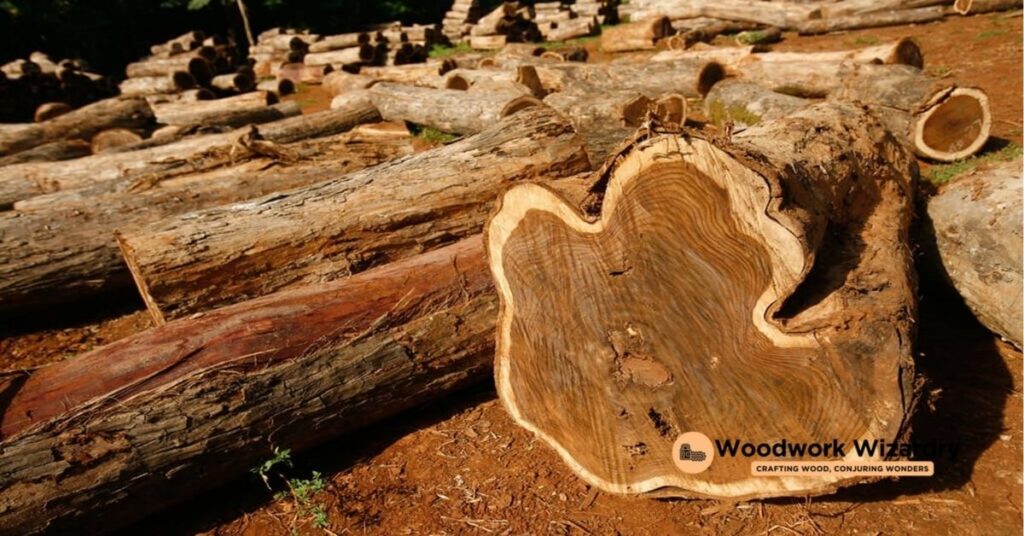
Teak wood is among the most sought-after hardwoods for furniture and construction projects. Its renowned durability, aesthetic appeal, and resistance to environmental factors contribute to its premium status.
Characteristics And Appearance
Teak wood exhibits a rich golden-brown hue that naturally darkens over time. The straight grain pattern combined with occasional waviness enhances its classic look. Its natural oil content provides a smooth texture and water-repellent surface, adding to its visual and functional appeal. With minimal knots and blemishes, teak maintains a uniform appearance.
Durability And Strength
This wood ranks high in durability due to its oil-rich composition, making it resistant to moisture, decay, and insect damage. Teak has a Janka hardness rating of approximately 1,050 lbf, ensuring moderate resistance to wear and dents. Its weather-resistant properties make it ideal for both indoor applications and outdoor environments.
Common Uses
You’ll find teak commonly featured in premium furniture, outdoor decking, and shipbuilding. Its ability to withstand harsh climates also makes it a popular choice for poolside furnishings and patios. Indoor uses include high-end cabinetry, flooring, and decorative accents. Teak’s versatility supports projects requiring longevity and sophistication.
Comparison Of Padauk Wood Vs Teak Wood
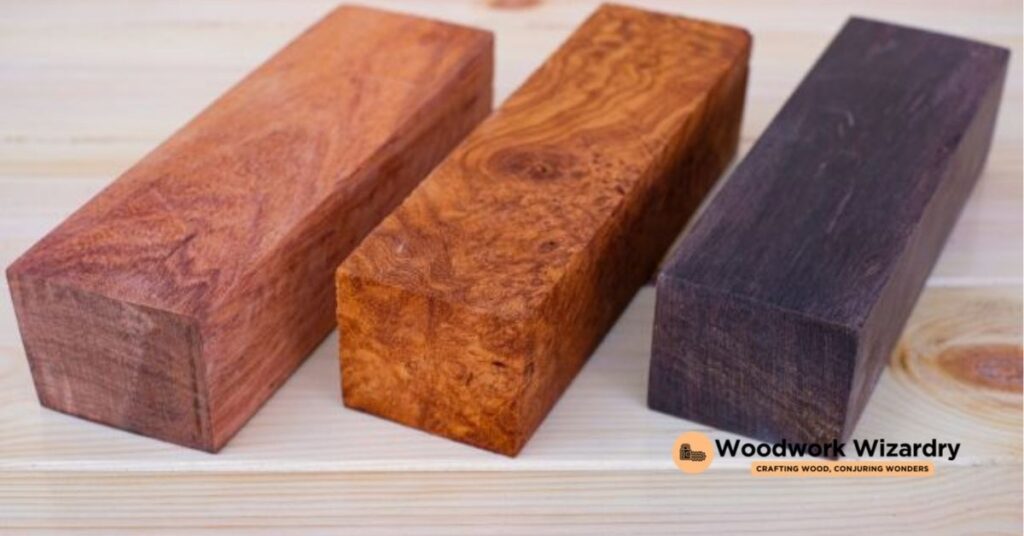
Both padauk and teak wood stand out for their distinct qualities, offering unique benefits for furniture, flooring, and other applications. Understanding their appearance, durability, maintenance needs, and cost helps you make an well-informed choice.
Appearance And Grain
Padauk features a vibrant reddish hue, with heartwood colors spanning from bright orange to deep crimson. Its grain pattern varies, often displaying a mix of straight and interlocked configurations, which adds depth to its aesthetic appeal. The natural luster enhances its striking appearance, making it ideal for bold design statements.
Teak, on the other hand, exudes a golden-brown warmth that matures into a richer, darker tone over time. A straight and uniform grain pattern provides a refined elegance, suiting classic and minimalist styles. Its smooth texture, combined with a naturally oily surface, further adds sophistication.
Durability And Resistance
Padauk wood stands out with a Janka hardness rating of approximately 1,720 lbf, making it highly durable. It resists wear, insect attacks, and decay, even in challenging environments. These qualities make it a reliable choice for high-traffic or outdoor uses.
Teak offers exceptional resistance to moisture, decay, and pests due to its dense structure and high natural oil content. While its Janka rating of 1,050 lbf is lower than padauk’s, its water resistance ensures longevity in humid or aquatic conditions.
Ease Of Maintenance
Maintaining padauk wood involves periodic cleaning and occasional refinishing to preserve its vibrant color, as it tends to darken or fade under prolonged light exposure. Using UV-protective finishes can help retain its original hue.
Teak requires minimum upkeep because of its oil-rich composition, which provides a naturally repellent surface. Simple cleaning and occasional oiling suffice to maintain its appeal, especially for outdoor furniture exposed to weather elements.
Cost And Availability
Padauk is often more affordable than teak, making it an accessible option for premium-grade projects without substantial costs. Its availability varies by region, but it’s generally less common than teak in global markets.
Teak, due to its demand and limited supply, tends to be significantly pricier. It’s widely available through specialized suppliers, though its cost reflects its reputation as a top-tier hardwood for luxury applications.
Which Wood Is Best For Specific Applications?
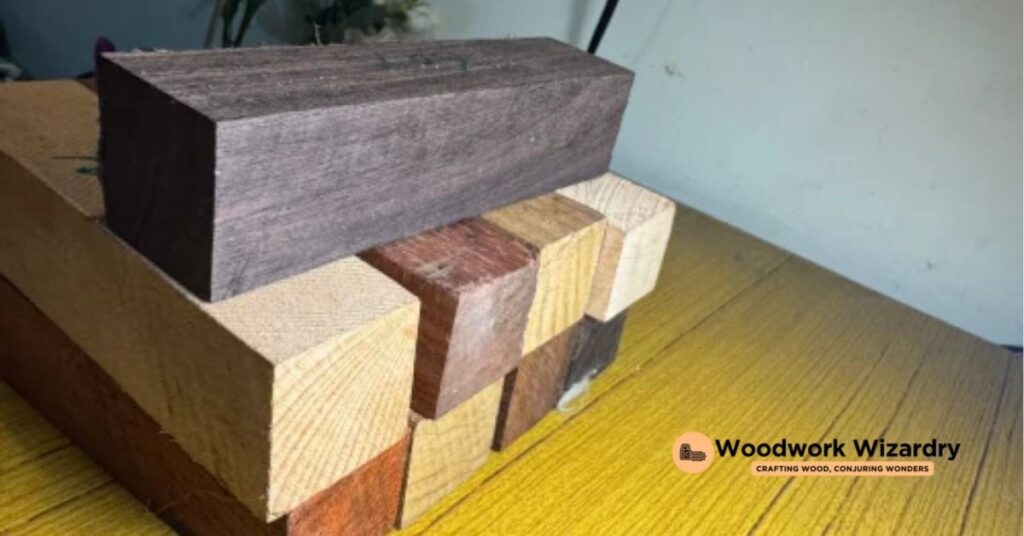
Choosing the best wood depends on the application. Padauk’s durability and vibrant reddish tones suit artistic furniture, decorative items, and flooring. Its Janka hardness of 1,720 lbf ensures resistance to wear, making it excellent for areas with high traffic or frequent use.
Teak works better for outdoor and moisture-prone environments. The natural oils in teak repel water and resist decay, ideal for garden furniture, decking, and marine applications like shipbuilding. For luxury indoor furniture or cabinetry where elegance and minimal maintenance matter, teak’s classic golden hue provides a sophisticated appeal.
Budget often influences material selection. Padauk offers a cost-effective option for indoor uses without sacrificing longevity. For premium, timeless applications, teak justifies its higher price and limited availability.
Conclusion
Choosing between padauk wood and teak wood eventually depends on your exact needs, preferences, and budget. Both woods offer exceptional qualities that can elevate your furniture or flooring projects. If you’re drawn to vibrant colors and affordability, padauk might be your ideal choice. But, if you’re seeking timeless elegance and superior moisture resistance, teak stands out as a premium option.
By understanding the strengths of each wood, you can make an well-informed choice that aligns with your style and functional requirements. Whether you prioritize durability, aesthetics, or maintenance, both padauk and teak deliver lasting value to your space.

